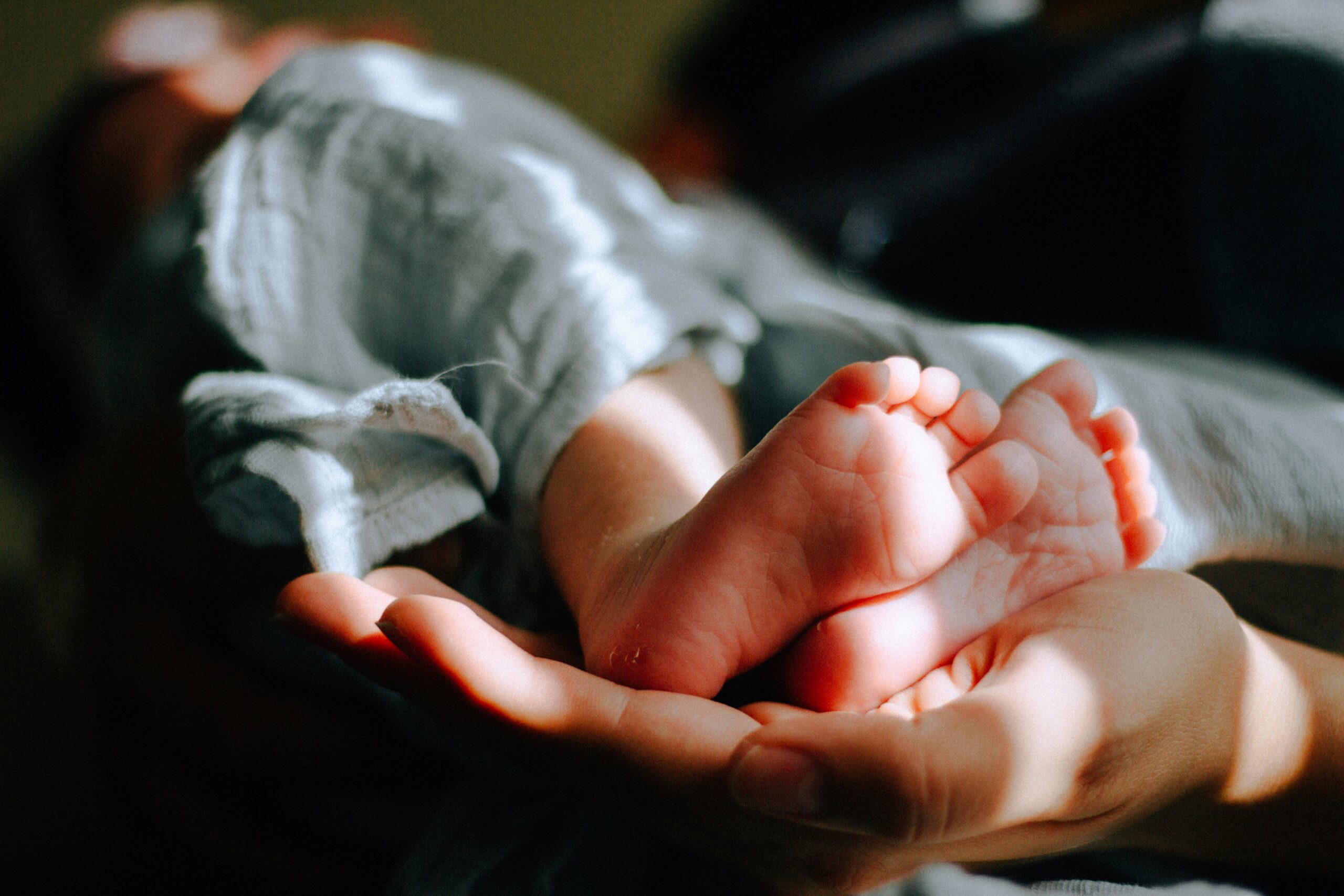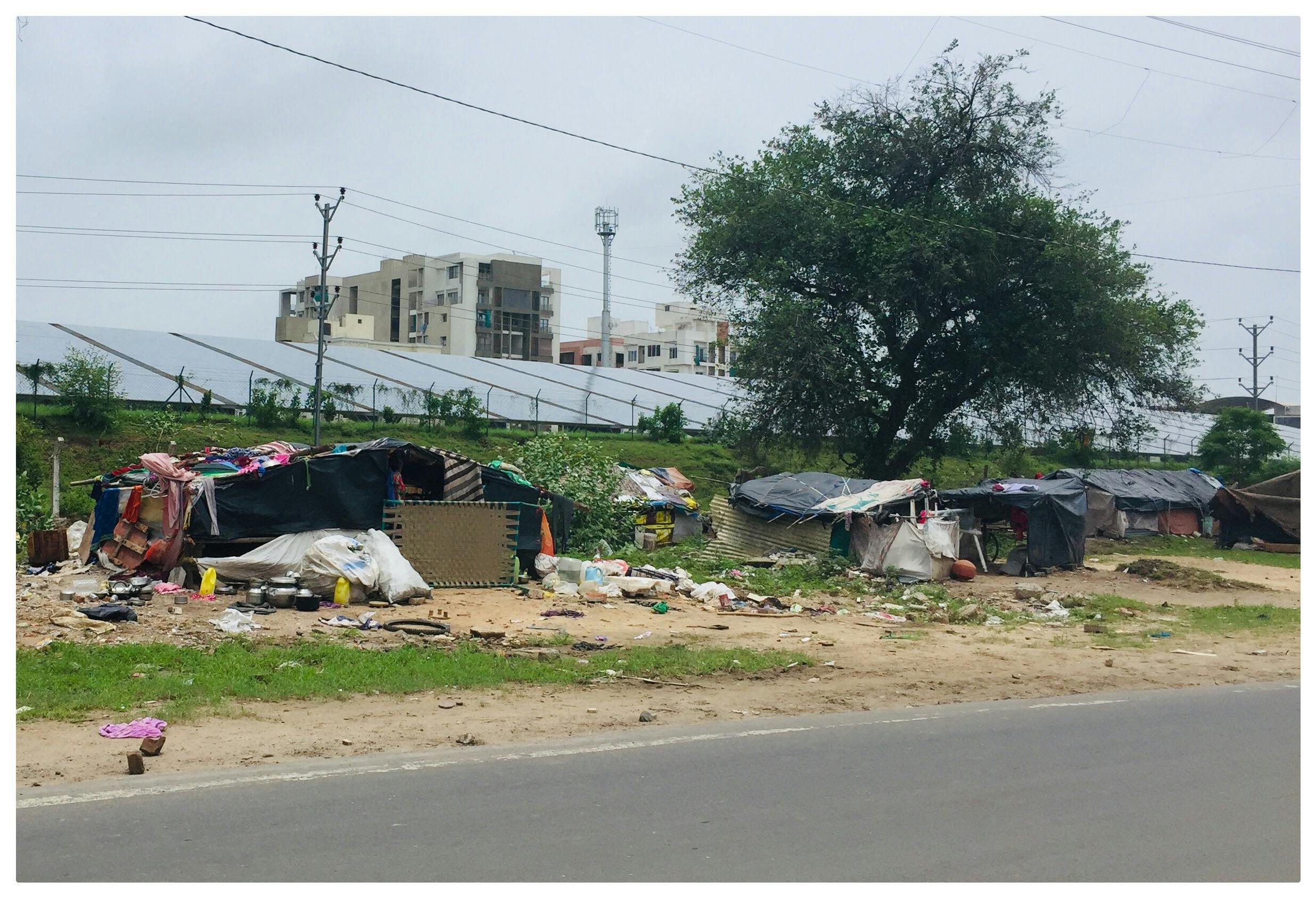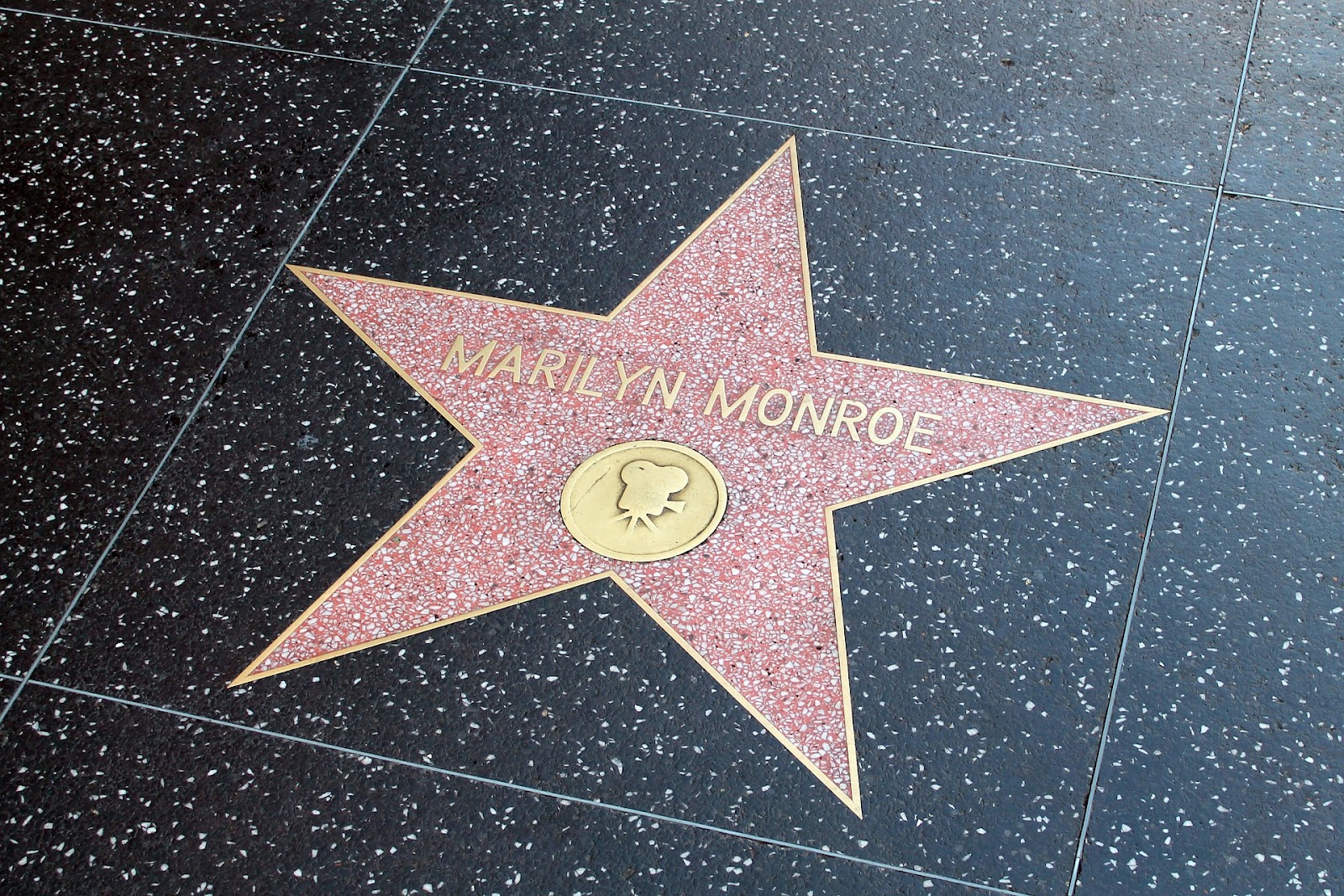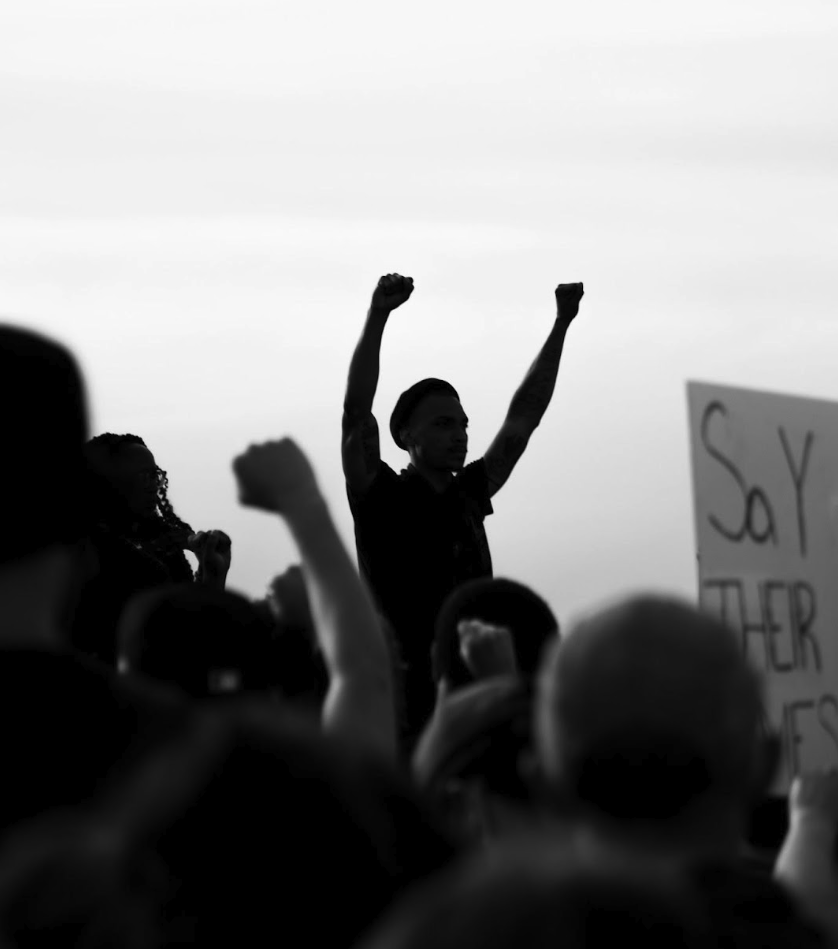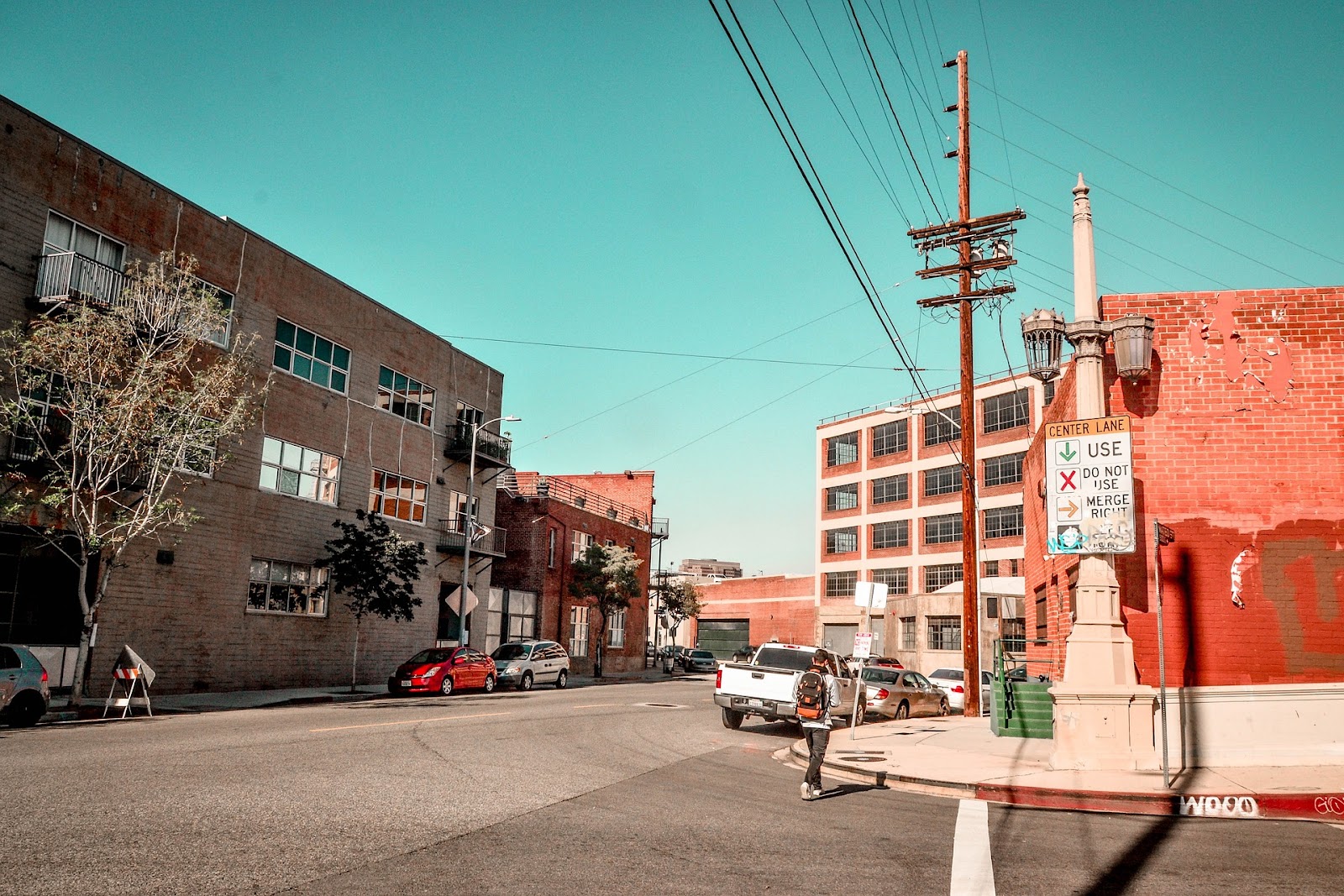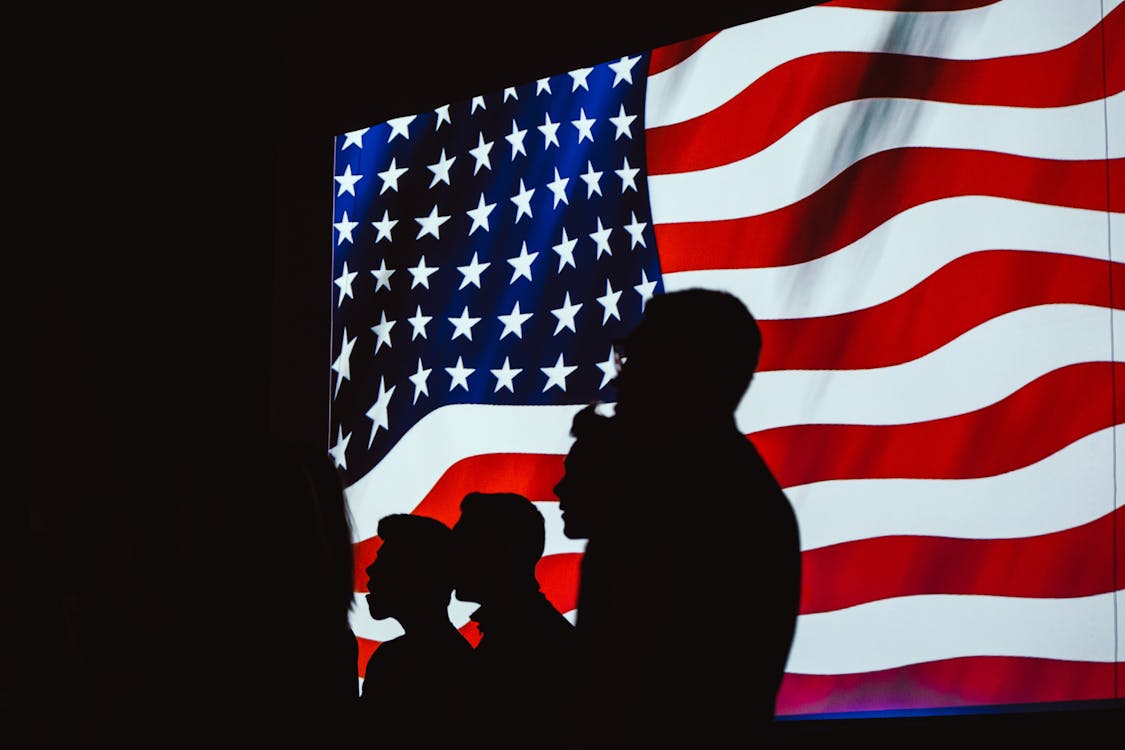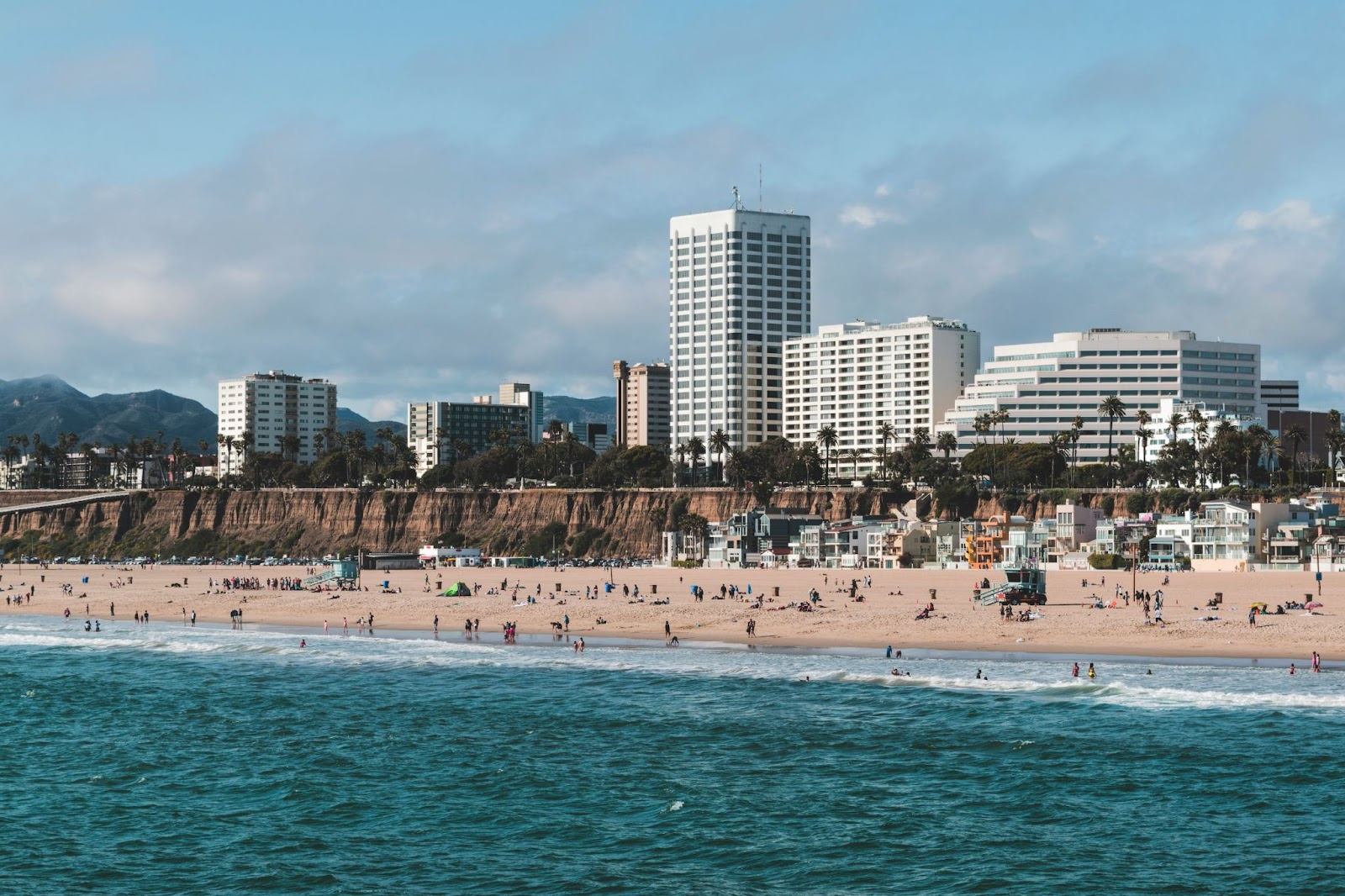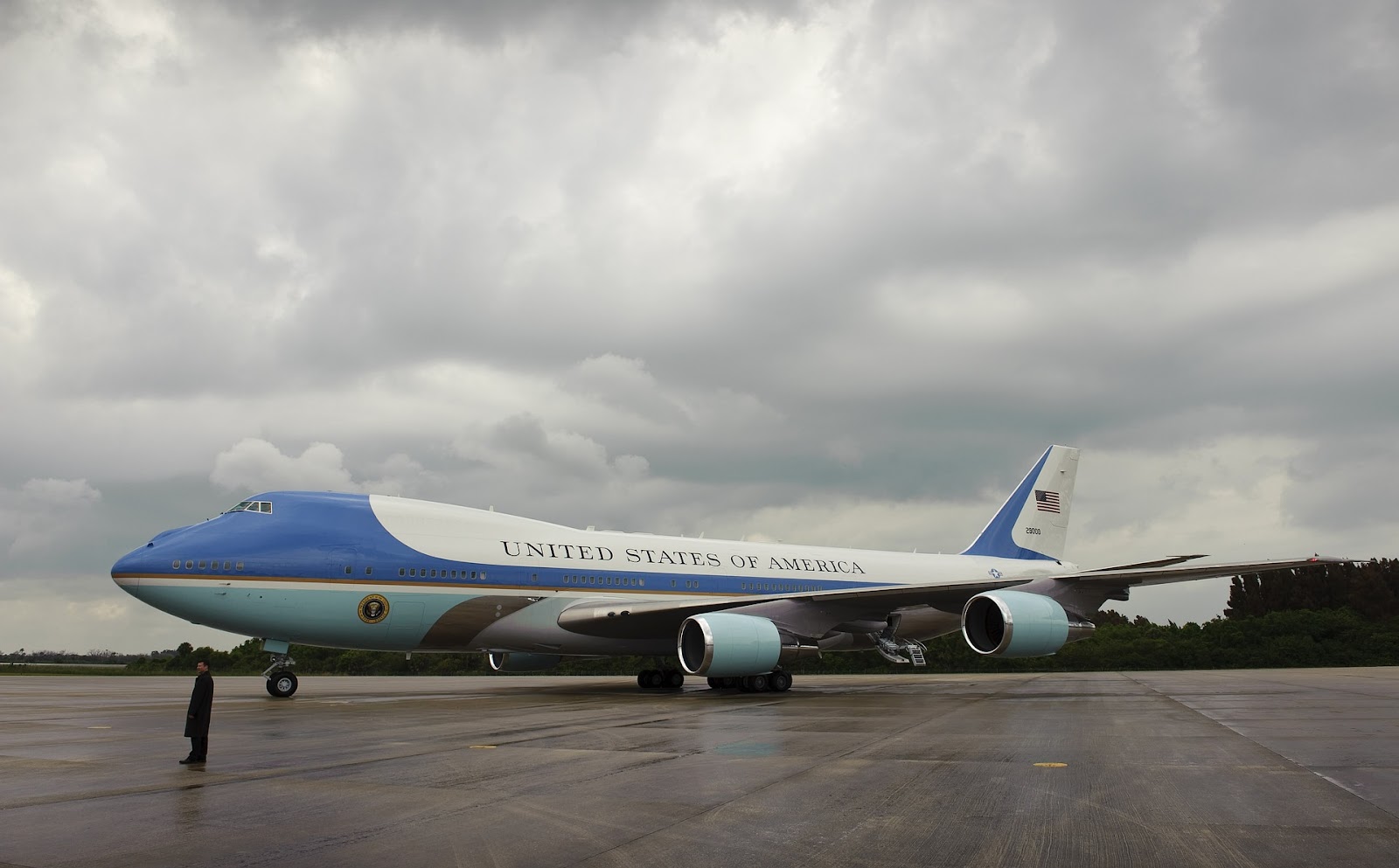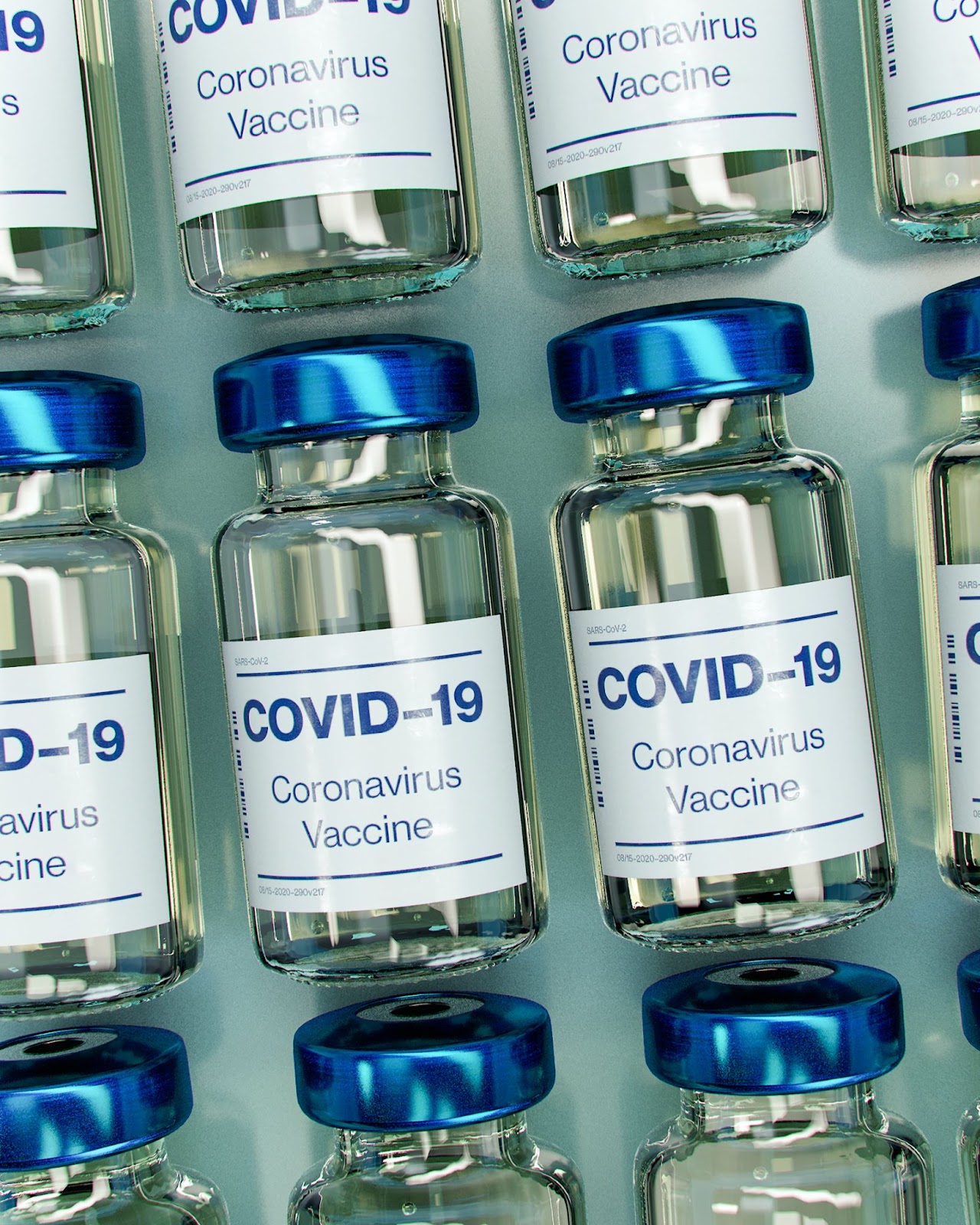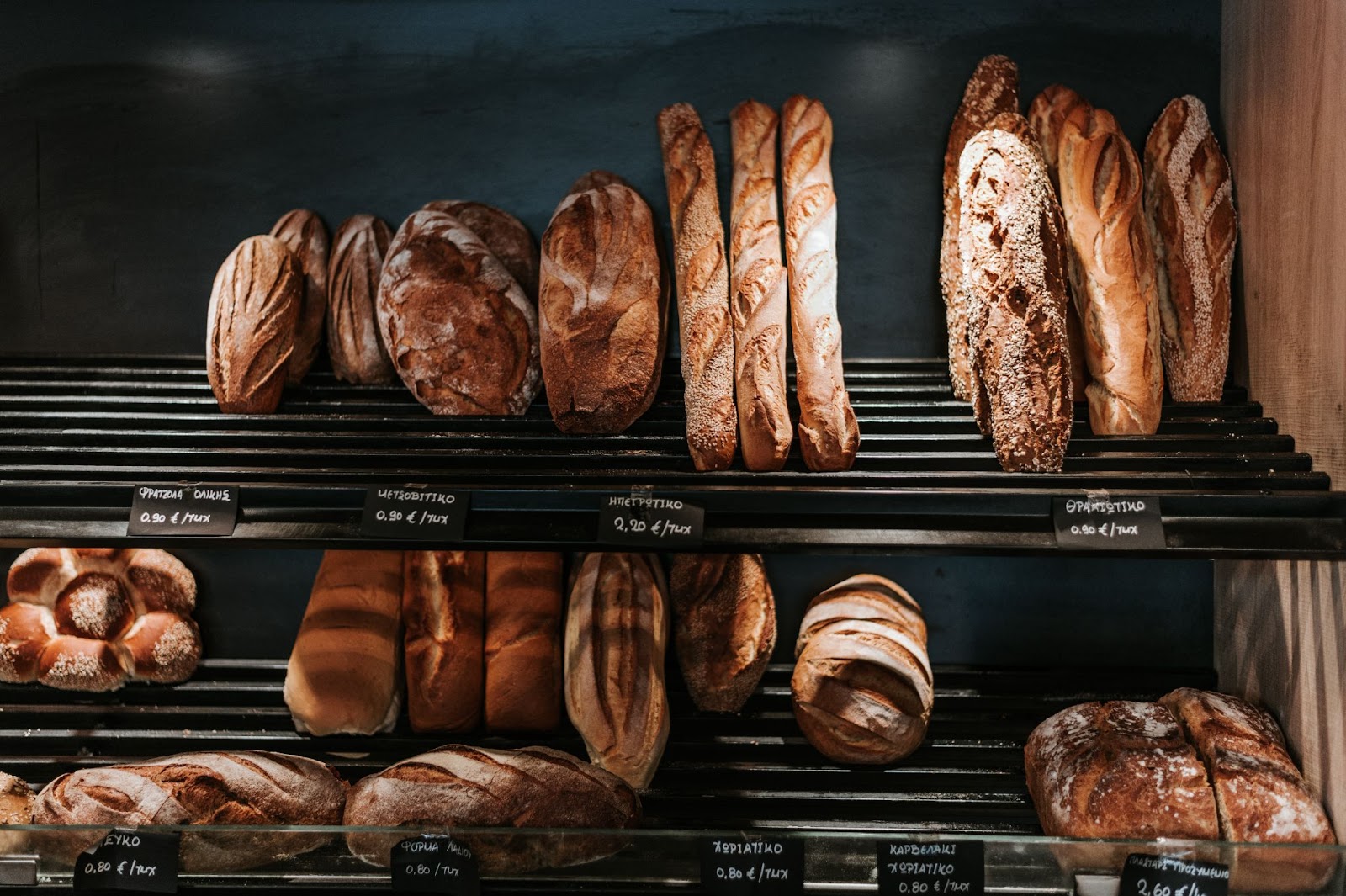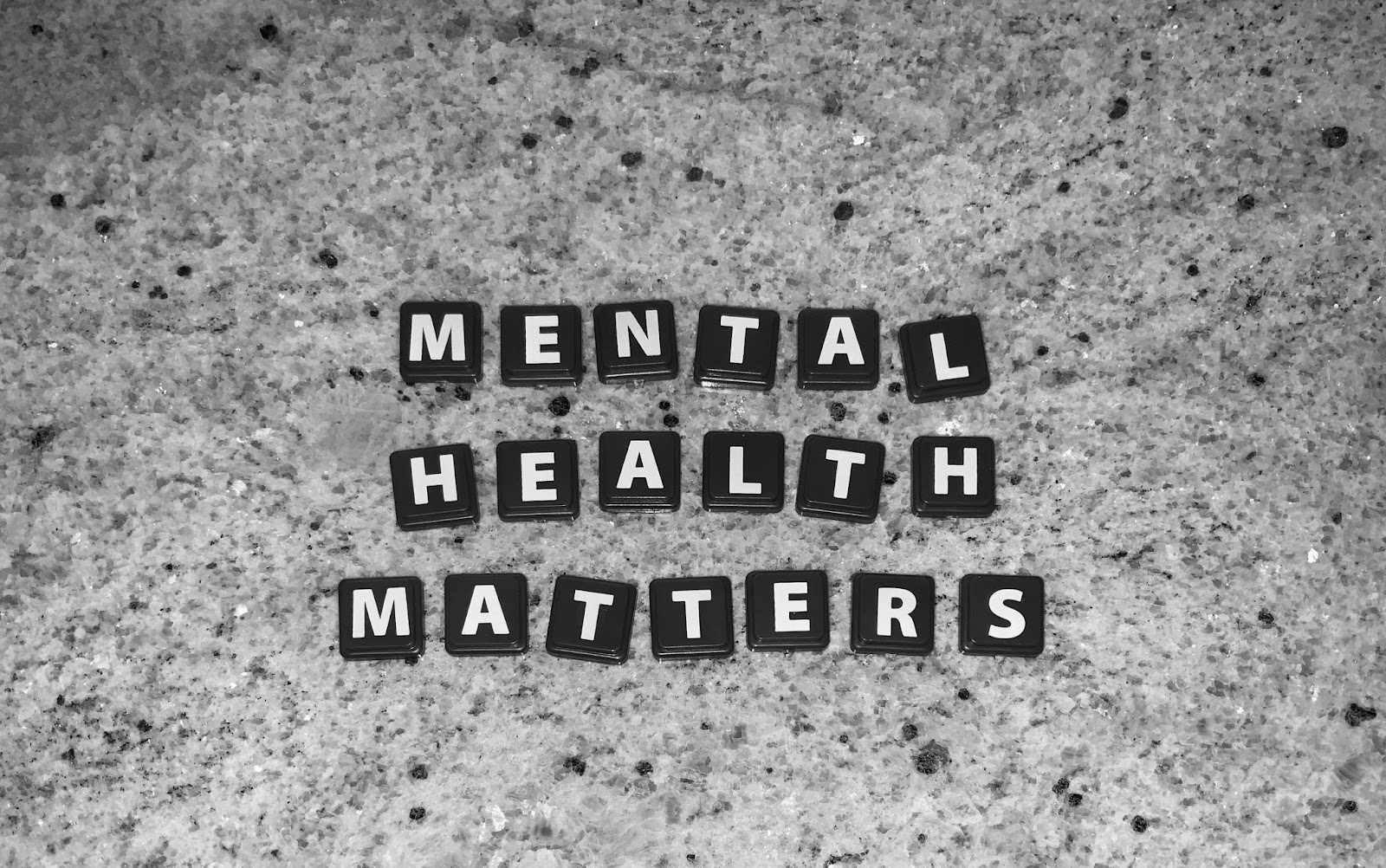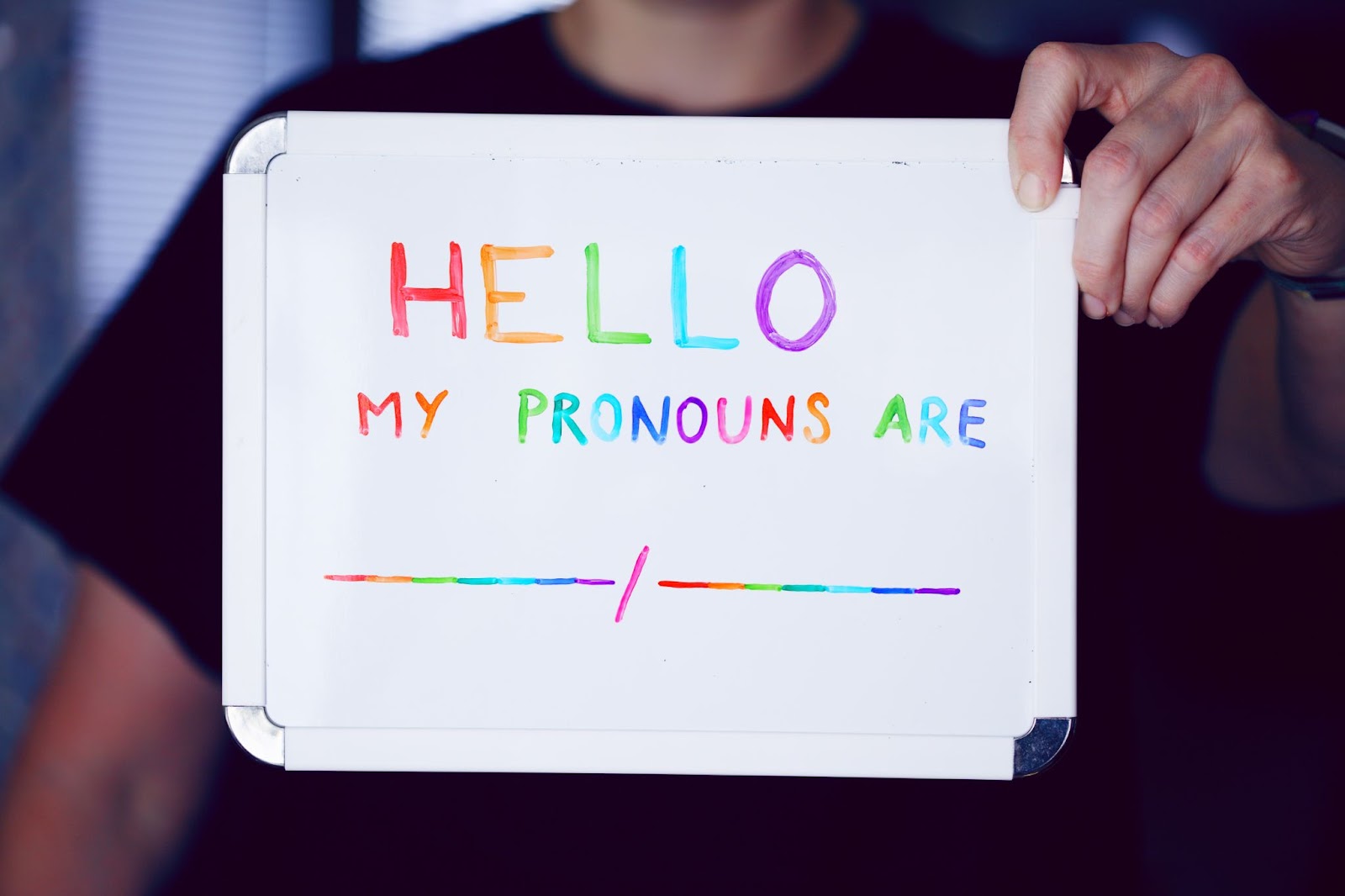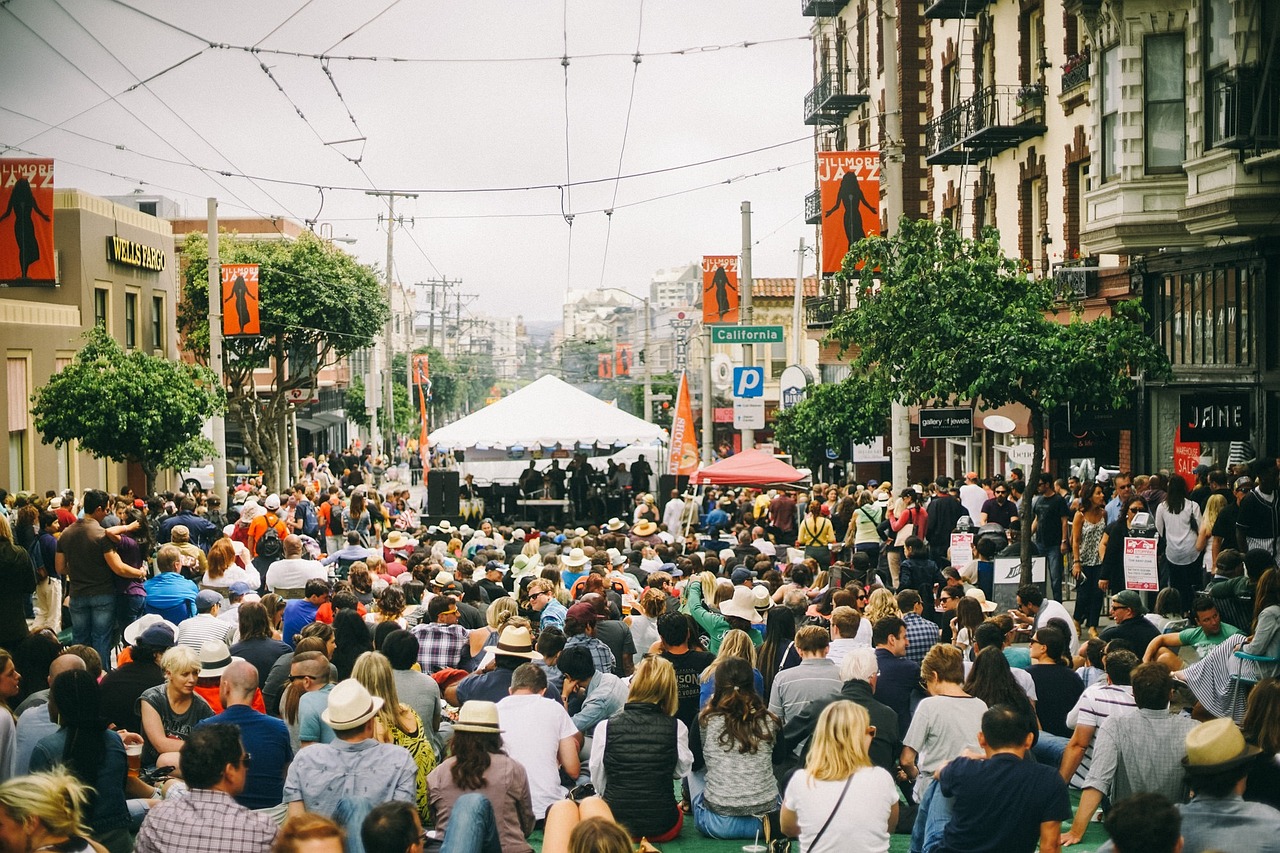California is charting new territory in labor rights, with Governor Gavin Newsom officially approving a groundbreaking statewide minimum wage for healthcare workers. By 2026, many healthcare professionals, encompassing roles such as nursing assistants, medical coders, janitorial staff, and even security personnel, will be guaranteed a minimum wage of $25 an hour.
This pioneering legislation, a first in the U.S., emerged from significant backing by unions. They argued that an upward revision in pay was pivotal to tackling the state’s gaping deficit of healthcare workers. Unions underscored the rampant burnout in the sector, an issue that has become increasingly pronounced in light of the challenges posed by the COVID-19 pandemic.
Tia Orr, the head of SEIU California, praised the move, noting, “California has taken a bold step to stem the outflow of our invaluable care workforce. This ensures they can continue their passionate service in the healthcare sector without financial distress, benefiting workers and those they care for.”
The phased implementation of the law means workers in significant healthcare establishments will see their hourly wages set at $23 in 2023, $24 in 2025, and $25 in 2026. This wage structure encompasses all roles, even those in hospital laundry services and gift shops.

However, some facilities, such as independent rural hospitals and those predominantly catering to Medicare and Medi-Cal beneficiaries, will have a more elongated wage hike timeline. Starting next year, these establishments will offer $18 an hour, reaching only the $25 mark by 2033. Conversely, smaller outfits like urgent care clinics and skilled nursing centers must pay their staff at least $21 an hour in 2023, culminating in the $25 rate by 2028.
The decision by Governor Newsom arrives amidst heightened attention to labor laws, particularly in light of recent statewide worker strikes. The timing is also notable, just after a significant healthcare strike involving thousands from Kaiser Permanente. Coincidentally, an agreement with the striking workers was reached on the day the bill was signed.
Apart from the healthcare sector, Newsom has also elevated the wages for fast-food workers in significant chains, now set at $20 an hour, a notable rise from California’s standard minimum wage of $15.50. However, Newsom’s labor decisions haven’t been devoid of controversy. Despite enacting increased paid sick leave for all workers, he faced criticism for rejecting specific labor rights bills, including those that would have provided unemployment benefits for striking workers and mandated OSHA protections for domestic workers.
The monumental healthcare wage bill, championed by seasoned labor proponent Sen. Maria Elena Durazo, came to fruition after intense negotiations between lawmakers, union representatives, and various healthcare stakeholders, including nurses and clinic administrators. The journey was far from smooth, with concerns about the financial viability of rural hospitals under the proposed wage structure leading to apprehensions even among labor-supporting Democrats.
Several adjustments were made to alleviate such concerns and foster broader endorsement of the bill, including a staggered wage rollout. The bill also underwent late-stage amendments that barred local governments from independently hiking wages for a decade, prohibited capping hospital executive salaries, and suspended regular ballot initiatives related to kidney dialysis clinic operations.
After these amendments, influential groups like the California Chamber of Commerce and the California Hospital Association rescinded their objections. Initial cost estimates, pegged in billions for healthcare firms and roughly $973 million yearly for the state, were later moderated due to a phased implementation strategy. The final financial implications for California, currently grappling with a massive budgetary shortfall, are yet to be ascertained but are anticipated to be significantly lower, given the revisions to the bill.


















